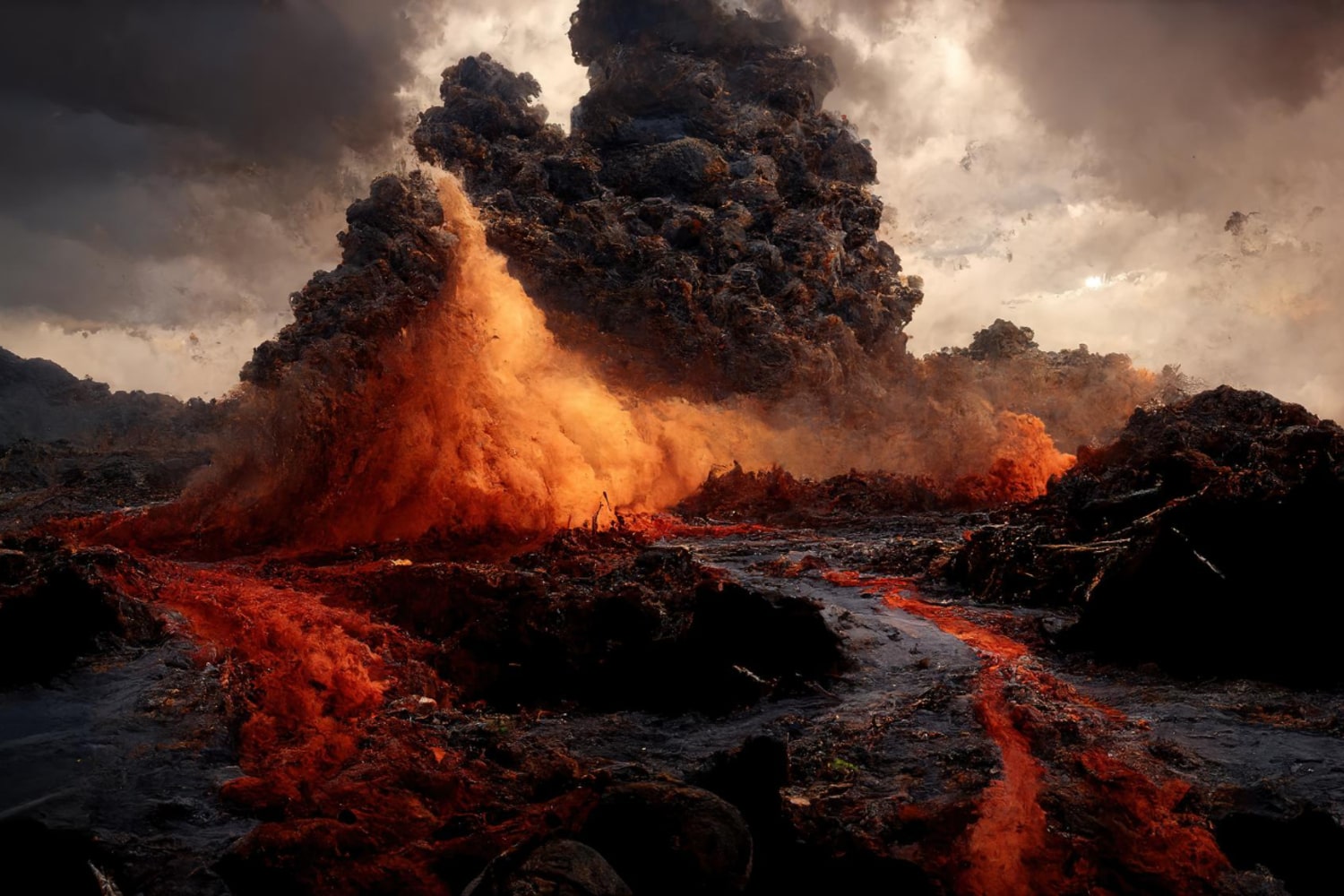Volcanic eruptions are among the most spectacular and at the same time most dangerous natural phenomena on Earth. They shape the planet’s surface, influence the climate and can change the lives of millions of people. Many eruptions are accompanied by lava flows, ash clouds and explosions that can be heard hundreds of kilometres away. You might not know that volcanoes can be both quiet and slow or violent and destructive, wiping out entire regions in an instant. The world of volcanic eruptions hides many fascinating and extraordinary facts.
- Volcanic eruptions occur when the pressure of magma and gases inside the Earth exceeds the strength of surrounding rocks. Lava, ash and gases are then violently released into the atmosphere. This process can last from several minutes to several weeks.
- One of the most powerful eruptions in history was the eruption of Mount Tambora in 1815. Its force was so great that the average global temperature dropped, and 1816 became known as the year without a summer. In many countries, crops failed, leading to famine.
- During an eruption, boulders weighing several tonnes can be hurled into the air. These are called volcanic bombs, and their flight can cover more than a kilometre. While airborne, they partially cool and take on a rounded shape.
- Volcanic ash consists of fine particles of lava, crystals and rock fragments. It can rise more than 20 kilometres into the atmosphere and remain there for a long time. It is particularly dangerous for aviation, as it can disable aircraft engines.
- Underwater volcanic eruptions can be just as powerful as those on land. They can create new islands, reshape the sea floor and trigger tsunamis. One example is the formation of Surtsey Island in 1963 off the coast of Iceland.
- Volcanic eruptions can affect the climate by releasing large amounts of sulphur gases into the atmosphere. These form aerosol clouds that reflect sunlight, causing the Earth to cool. This effect can last for several years.
- Some eruptions are so powerful that their sound can be heard thousands of kilometres away. An example is the 1883 eruption of Krakatau, whose explosion was heard about 4,800 kilometres away. It is one of the loudest natural sounds in history.
- Lava flows can travel at speeds of up to 60 kilometres per hour. Although they often move more slowly, they can destroy everything in their path. The temperature of lava exceeds 1,000 degrees Celsius.
- Pyroclastic flows – a mixture of hot gases, ash and rock fragments – can form during eruptions, moving at speeds of over 100 kilometres per hour. They are among the deadliest consequences of volcanic eruptions.
- Volcanic eruptions can be accompanied by lightning strikes. This phenomenon occurs due to the build-up of electrical charges in ash clouds. Such lightning, especially at night, looks extremely impressive.
- Some eruptions release large amounts of carbon dioxide, which can accumulate in low-lying areas, displacing oxygen. In 1986 in Cameroon, near Lake Nyos, such a gas release caused the deaths of over 1,700 people.
- Eruptions can be predicted through seismological and geochemical research. Increased seismic activity, ground swelling and changes in gas composition indicate an impending eruption.
- There are supervolcanoes in the world whose eruption could have global consequences. One example is the Yellowstone caldera in the USA, whose explosion would cover much of North America in a thick layer of ash.
- Volcanic eruptions often create new geological formations such as craters, calderas and lava domes. Over time, these can transform into picturesque lakes or fertile lands.
Volcanic eruptions are not only a destructive force but also a key element in shaping our planet. These interesting facts show how diverse and unpredictable volcanoes can be. You might not know that volcanoes, despite their danger, play an enormous role in the Earth’s matter cycle and the creation of new landscapes.





